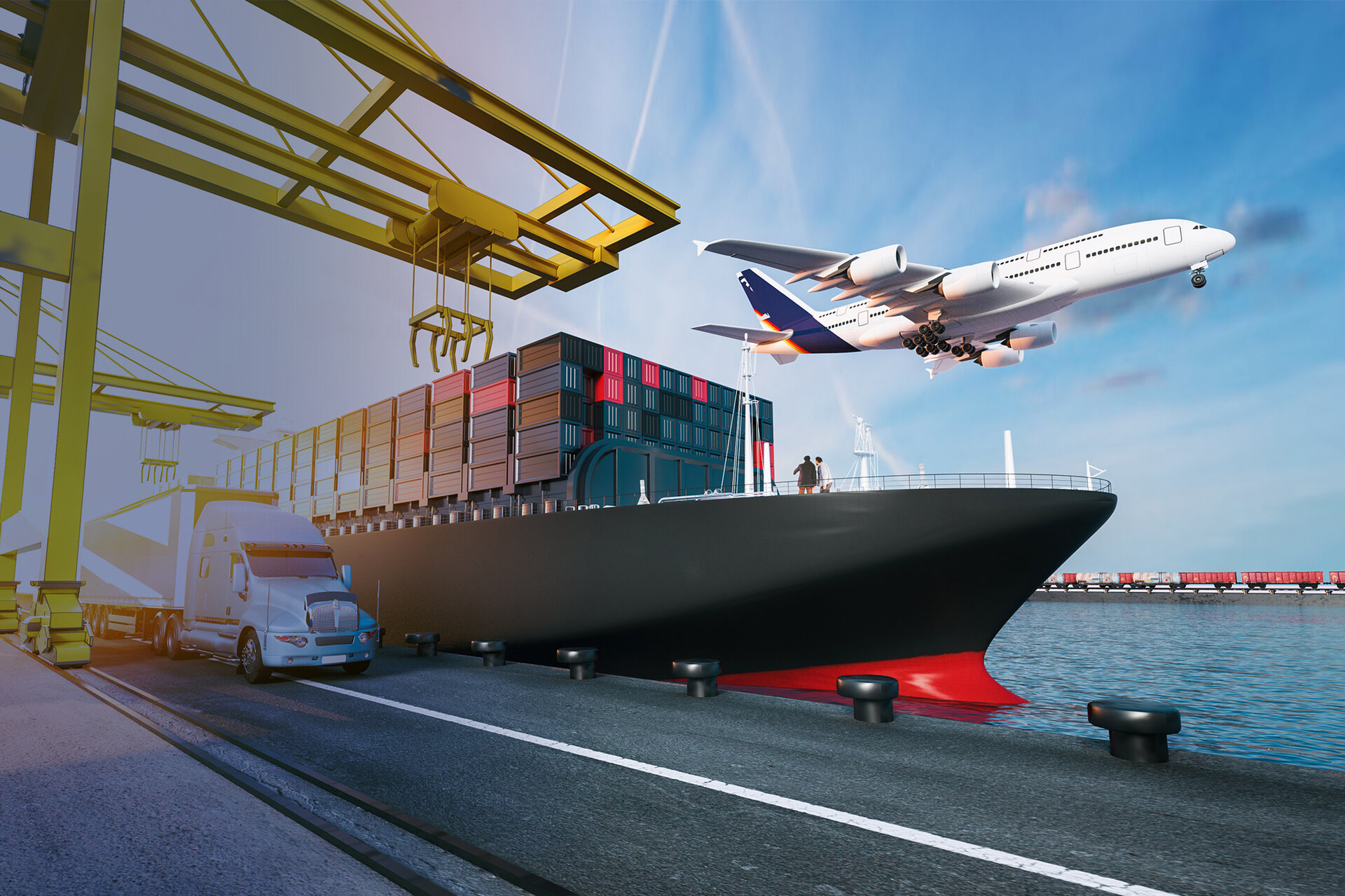Shaping The Future: Emerging Trends in Supply Chain Logistics

The supply chain continues to evolve at a rapid pace, keeping up with the modern era's breakneck technological advancements. Though staying on top of these changes can be difficult for supply chain managers and business leaders, it is critical to maintain the integrity of your supply chain and see your business succeed. Rather than dropping change, organizations should try to anticipate the trends that will shape the future of supply chain management.
Artificial Intelligence and Automation
In many supply chains, the use of artificial intelligence (AI) and automation is increasing. Automation allows you to automate repetitive tasks, whereas AI (which attempts to mimic human intelligence and "learn") can help with more complex, difficult tasks
Incorporating AI and automation into your organization's workflow can take many forms. The key is to identify tasks and processes that will save you time or energy. Frequently, the best tasks are time-consuming, complicated, or extremely rote. By delegating these tasks to a computer, you and your team will be able to devote more time to projects that only a human can complete, providing an even greater return on investment.
Digitise your Organisation
There can be no compromise on digitization when it comes to ensuring the future of the supply chain. Your organization's bottom line will benefit greatly from effective digitization. The supply chain will become more streamlined, mobile, and dynamic.
Adopting digitalization can be a difficult process. One must choose the right technology to meet the organization's needs, implement it correctly, and resolve any internal issues that may arise. Digitalization has now become more of a necessity than a trend.
Internet of Things
Sensors and software enable physical objects to be connected to the internet, creating the Internet of Things (IoT). Although it already plays a significant role in the supply chain industry, particularly in logistics, the Internet of Things (IoT) is likely to continue to grow in importance as more applications are developed. Supply chain operations could be supported by IoT and other advanced technologies by 50% of large companies in just a few years.
Building Resilience
Due to a world that is becoming increasingly volatile and unpredictable, the supply chain is always at risk of being disrupted. Your supply chain can prepare for and respond to threats that you cannot control, such as weather, political events, or an unprecedented pandemic.
That risk must be reduced as much as possible in order for your supply chain to remain stable during uncertain times. How you improve your supply chain's resilience and flexibility will depend on the potential disruptions that are most likely to happen. Putting it simply, preparing for disruptions and anticipating your response ahead of time will help you thrive in the face of uncertainty.
Adopting Sustainability
Environmental awareness is on the rise, and more businesses are taking steps to be more sustainable. This is influencing the supply chain. Sustainability is a multifaceted topic, and one will be required to tailor their efforts based on the specific needs of the organization.
As your organization adjusts to these changes or develops a plan to make larger shifts, it's best to start with something small, such as updating your packaging design. Your organization's long-term sustainability commitment can be increased by making gradual, deliberate changes without missing any crucial steps or becoming burned out.
Building Stronger Relationships
In supply chain management, technology is a powerful tool, but so are the people who use it. In business, there's a lot of emphasis on beating your competitors, but working together can lead to greater success. For each step of the supply chain, one needs to focus on strengthening the relationships with team members, vendors, and suppliers.
In parallel with these trends, the art of supply chain management will also continue to evolve. Positive and negative consequences will follow from new developments. One must keep themselves updated with these changes in the supply chain, which must be anticipated and accommodated in order for your organization to remain current and successful.
